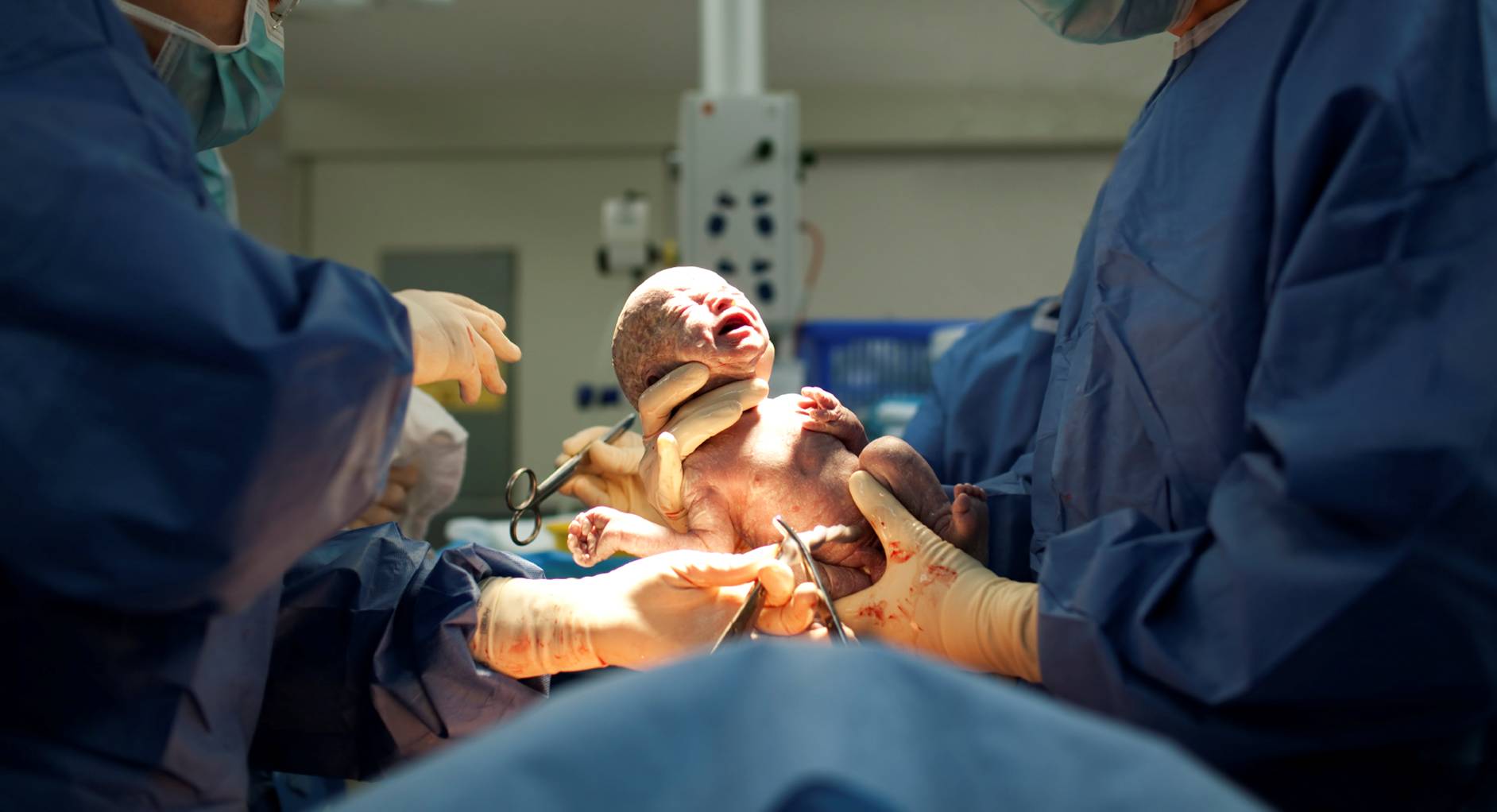
Why are Cesarean sections performed? Cesarean sections, often called C-sections, are surgical procedures used to deliver babies. They are performed for various reasons, including complications during labor, health risks to the mother or baby, and sometimes by choice. Common reasons for a C-section include prolonged labor, fetal distress, breech presentation, and multiple births. In some cases, medical conditions like high blood pressure or diabetes can make a C-section necessary. Understanding why C-sections are performed can help expectant parents prepare for the possibility and make informed decisions about their birthing plans.
28 Facts about Cesarean Sections
Cesarean sections, often called C-sections, are common surgical procedures used to deliver babies. They can be planned or performed in emergencies. Here are some interesting facts about C-sections that might surprise you.
History of Cesarean Sections
Understanding the history of C-sections can give insight into how far medical science has come.
- The term "Cesarean" is believed to come from the Latin word "caesus," meaning "cut."
- Julius Caesar was not born via C-section, contrary to popular belief.
- The first recorded successful C-section where both mother and child survived was in Switzerland in 1500.
- In ancient times, C-sections were only performed when the mother was dead or dying.
Reasons for Cesarean Sections
There are various medical reasons why a C-section might be necessary.
- Breech presentation, where the baby is positioned feet-first, often requires a C-section.
- Placenta previa, where the placenta covers the cervix, can necessitate a C-section.
- Multiple births, such as twins or triplets, often lead to C-sections.
- Fetal distress, where the baby is not getting enough oxygen, can prompt an emergency C-section.
Procedure and Techniques
The procedure and techniques used in C-sections have evolved significantly over the years.
- Modern C-sections typically take about 45 minutes to an hour.
- A horizontal incision, known as a "bikini cut," is most commonly used today.
- General anesthesia is rarely used; most C-sections are performed under spinal or epidural anesthesia.
- The Pfannenstiel incision, a low transverse cut, is the most common type of incision used.
Recovery and Aftercare
Recovery from a C-section involves several stages and requires careful aftercare.
- Most women stay in the hospital for 3-4 days after a C-section.
- Full recovery can take up to six weeks.
- Pain management often includes medications like ibuprofen or acetaminophen.
- Walking soon after surgery can help speed up recovery.
Risks and Complications
Like any surgery, C-sections come with their own set of risks and potential complications.
- Infection at the incision site is a common risk.
- Blood clots can form in the legs or lungs.
- There is a higher risk of respiratory problems for babies born via C-section.
- Future pregnancies may have a higher risk of complications like uterine rupture.
Statistics and Trends
C-sections are becoming increasingly common worldwide, with varying rates across different countries.
- About 32% of births in the United States are via C-section.
- Brazil has one of the highest C-section rates in the world, at around 55%.
- The World Health Organization recommends that C-sections should not exceed 10-15% of all births.
- In some countries, elective C-sections are on the rise due to personal preference.
Cultural and Social Aspects
C-sections are viewed differently across various cultures and societies.
- In some cultures, C-sections are seen as a status symbol.
- Some women opt for C-sections to avoid labor pain.
- There is a stigma attached to C-sections in certain societies, where vaginal birth is considered the "natural" way.
- Awareness campaigns are helping to educate people about the medical necessity of C-sections.
Final Thoughts on Cesarean Sections
Cesarean sections, or C-sections, are a common surgical procedure used to deliver babies when vaginal delivery isn't possible or safe. They can be planned or performed in emergencies. While C-sections can save lives, they also come with risks like infections and longer recovery times. It's crucial for expecting parents to discuss all delivery options with their healthcare provider to make informed decisions. Understanding the reasons, benefits, and potential complications of C-sections helps in preparing for childbirth. Remember, every birth experience is unique, and the most important thing is the health and safety of both the mother and baby. Whether through a C-section or vaginal delivery, bringing a new life into the world is a remarkable journey. Stay informed, ask questions, and trust your medical team to guide you through this significant moment.
Was this page helpful?
Our commitment to delivering trustworthy and engaging content is at the heart of what we do. Each fact on our site is contributed by real users like you, bringing a wealth of diverse insights and information. To ensure the highest standards of accuracy and reliability, our dedicated editors meticulously review each submission. This process guarantees that the facts we share are not only fascinating but also credible. Trust in our commitment to quality and authenticity as you explore and learn with us.
